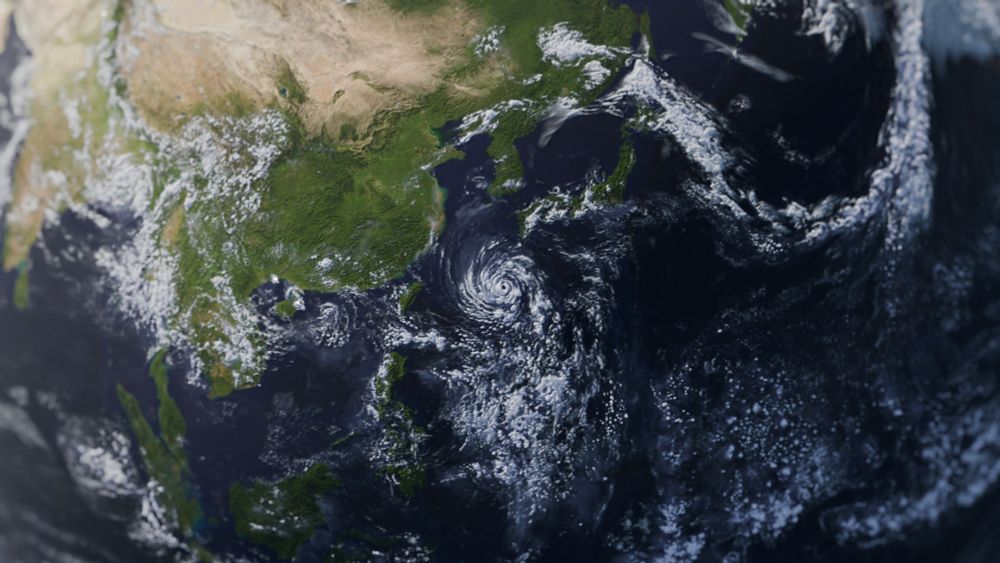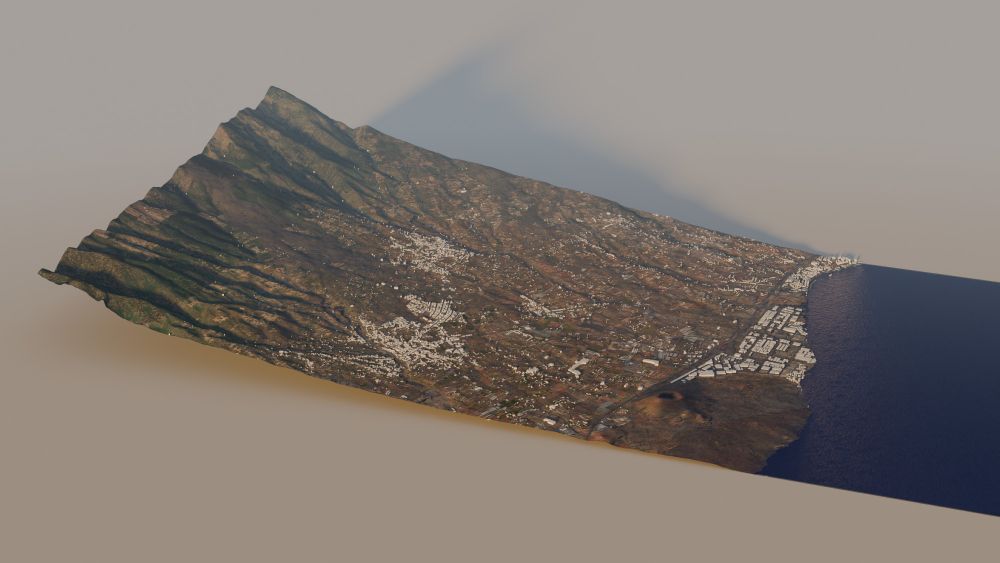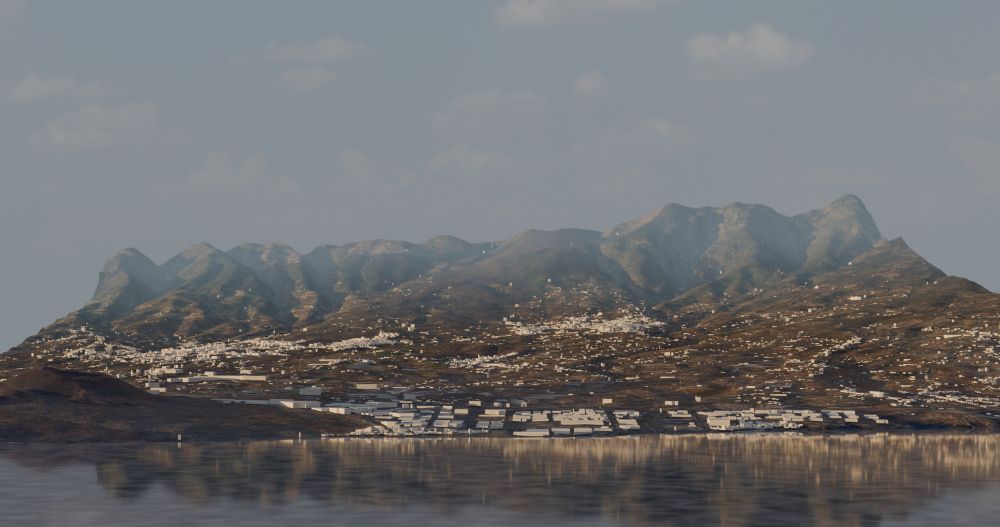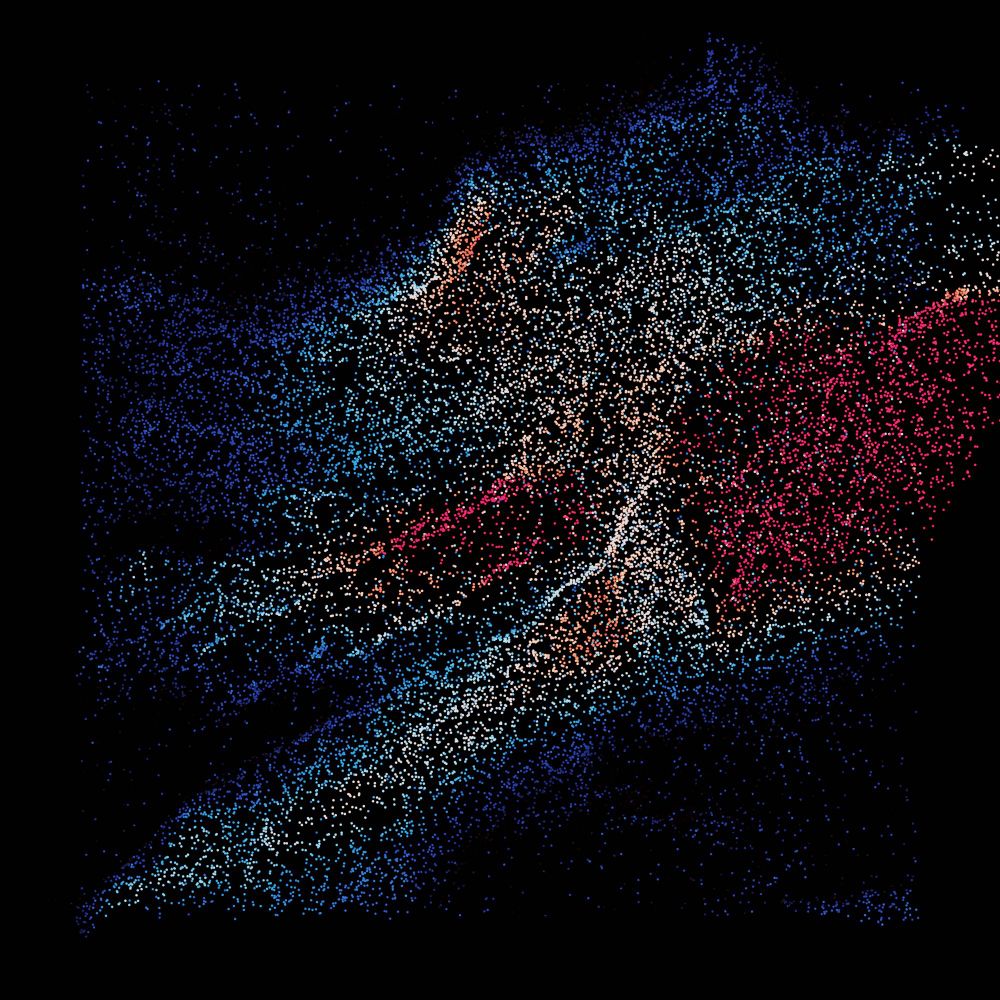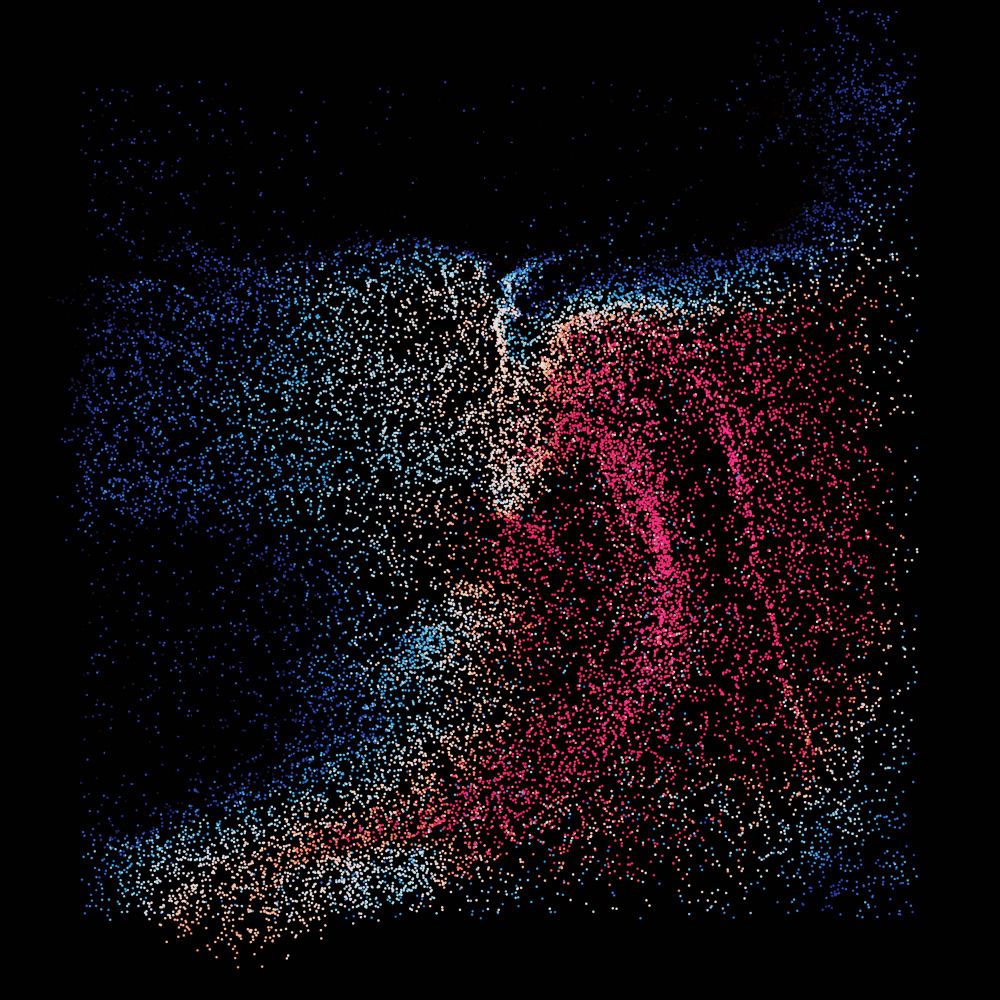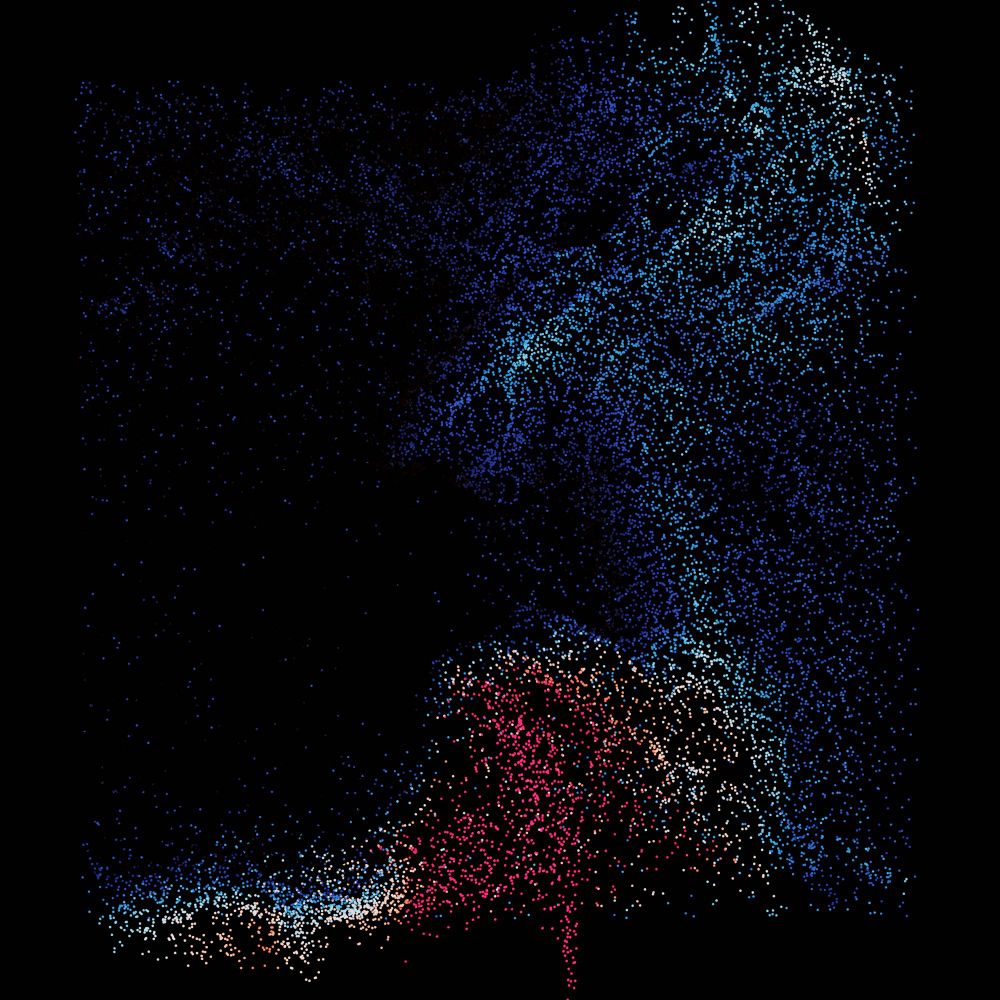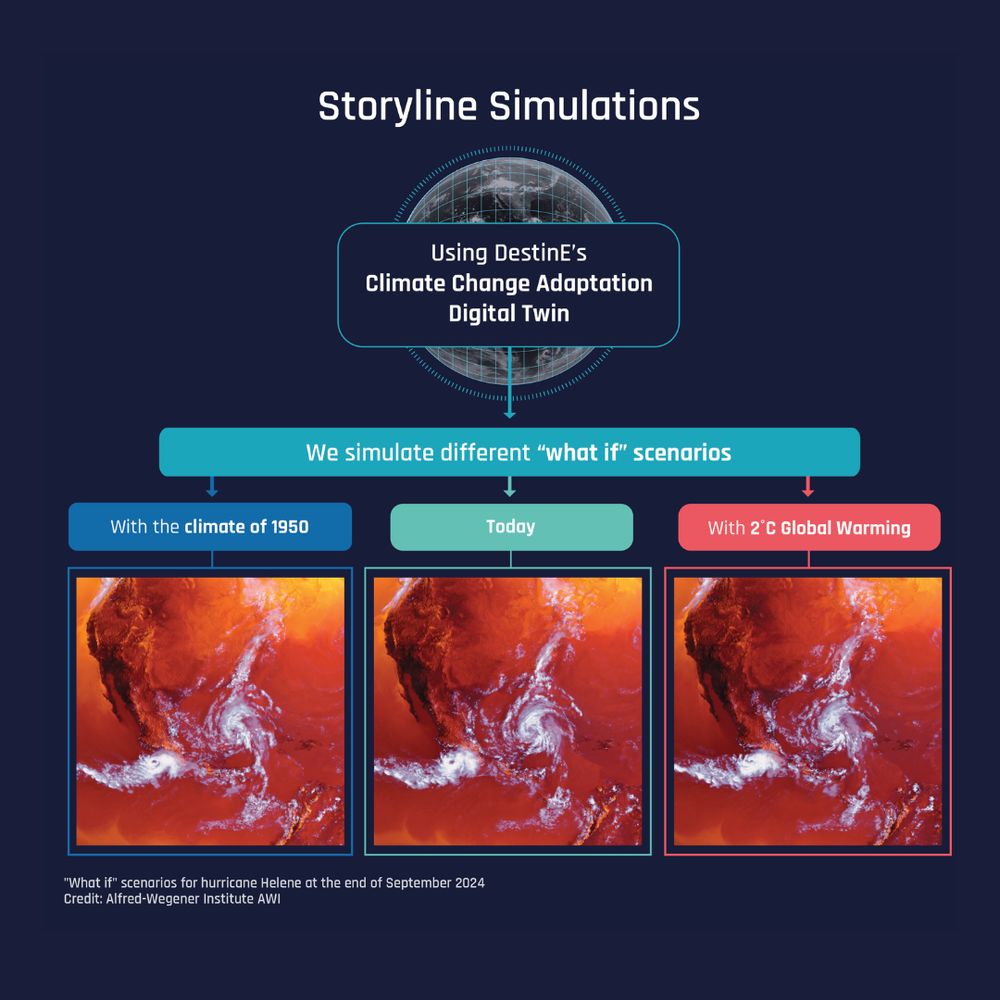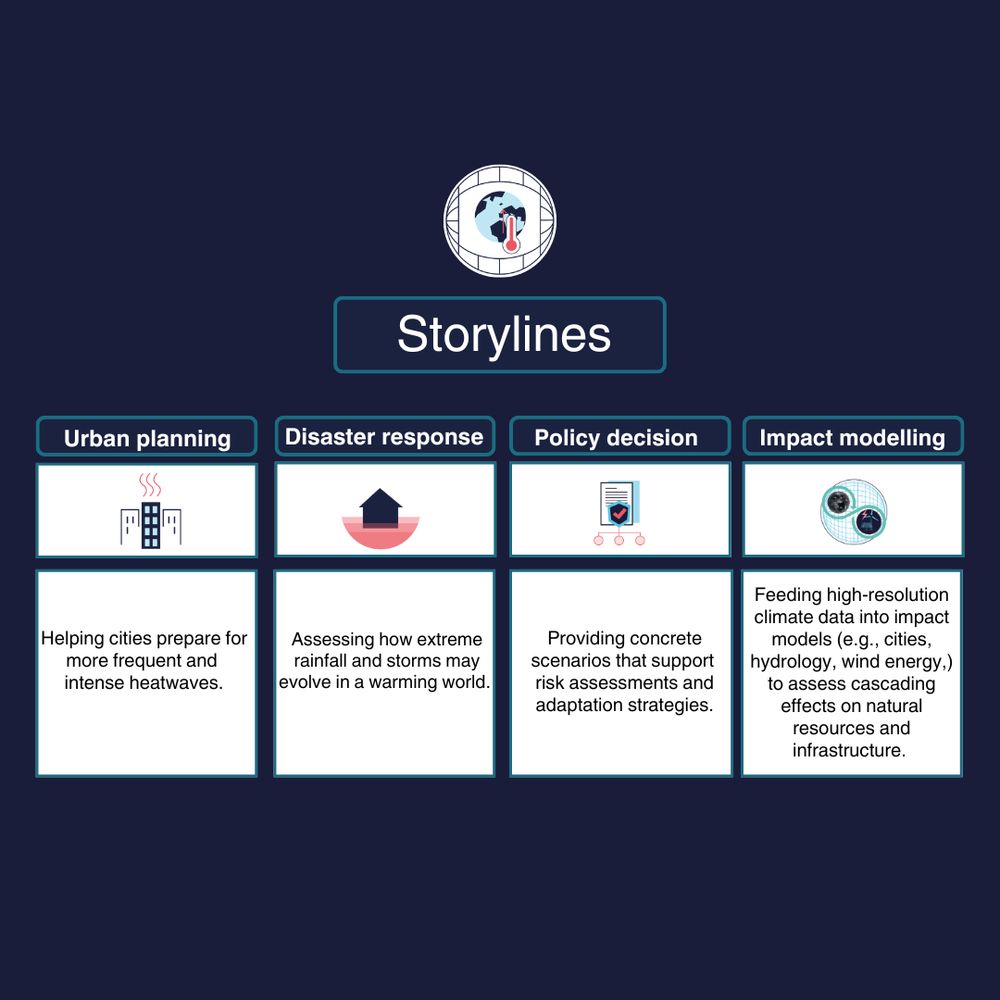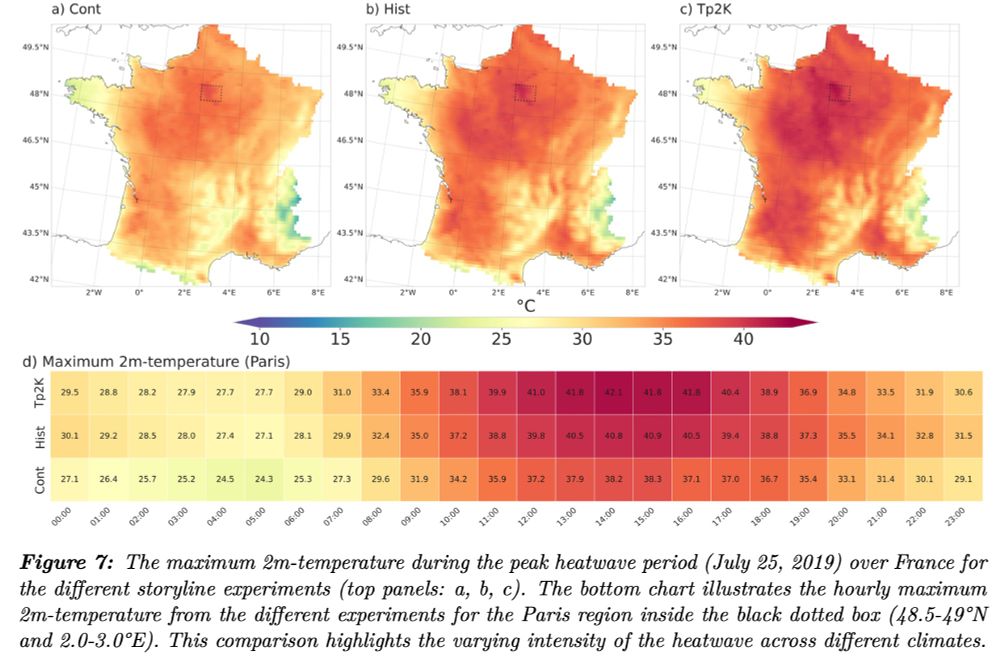Sebastian Beyer
@sbeyer.net
25 followers
26 following
2 posts
Scientist and scientific programmer. Working on km-scale climate models.
Posts
Media
Videos
Starter Packs
Reposted by Sebastian Beyer
Sebastian Beyer
@sbeyer.net
· Jun 11
Reposted by Sebastian Beyer
Reposted by Sebastian Beyer
Reposted by Sebastian Beyer
Reposted by Sebastian Beyer
Reposted by Sebastian Beyer
Reposted by Sebastian Beyer
Reposted by Sebastian Beyer
Thomas Rackow 🧊
@trackow.bsky.social
· Dec 2
Robustness of AI-based weather forecasts in a changing climate
Data-driven machine learning models for weather forecasting have made transformational progress in the last 1-2 years, with state-of-the-art ones now outperforming the best physics-based models for a ...
doi.org
Reposted by Sebastian Beyer
Reposted by Sebastian Beyer
